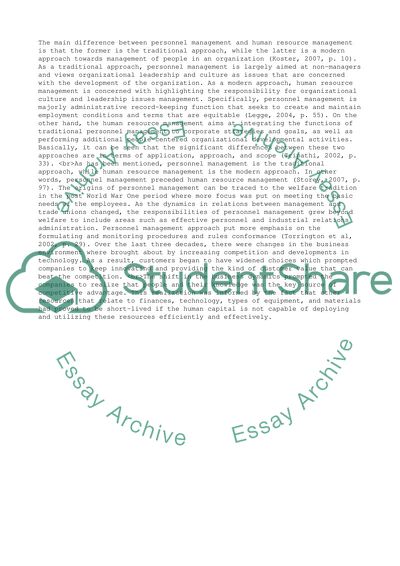Cite this document
(“Managing Human Resources in Contemporary Organisations Essay”, n.d.)
Managing Human Resources in Contemporary Organisations Essay. Retrieved from https://studentshare.org/business/1400708-managing-human-resources-in-contemporary
Managing Human Resources in Contemporary Organisations Essay. Retrieved from https://studentshare.org/business/1400708-managing-human-resources-in-contemporary
(Managing Human Resources in Contemporary Organisations Essay)
Managing Human Resources in Contemporary Organisations Essay. https://studentshare.org/business/1400708-managing-human-resources-in-contemporary.
Managing Human Resources in Contemporary Organisations Essay. https://studentshare.org/business/1400708-managing-human-resources-in-contemporary.
“Managing Human Resources in Contemporary Organisations Essay”, n.d. https://studentshare.org/business/1400708-managing-human-resources-in-contemporary.


